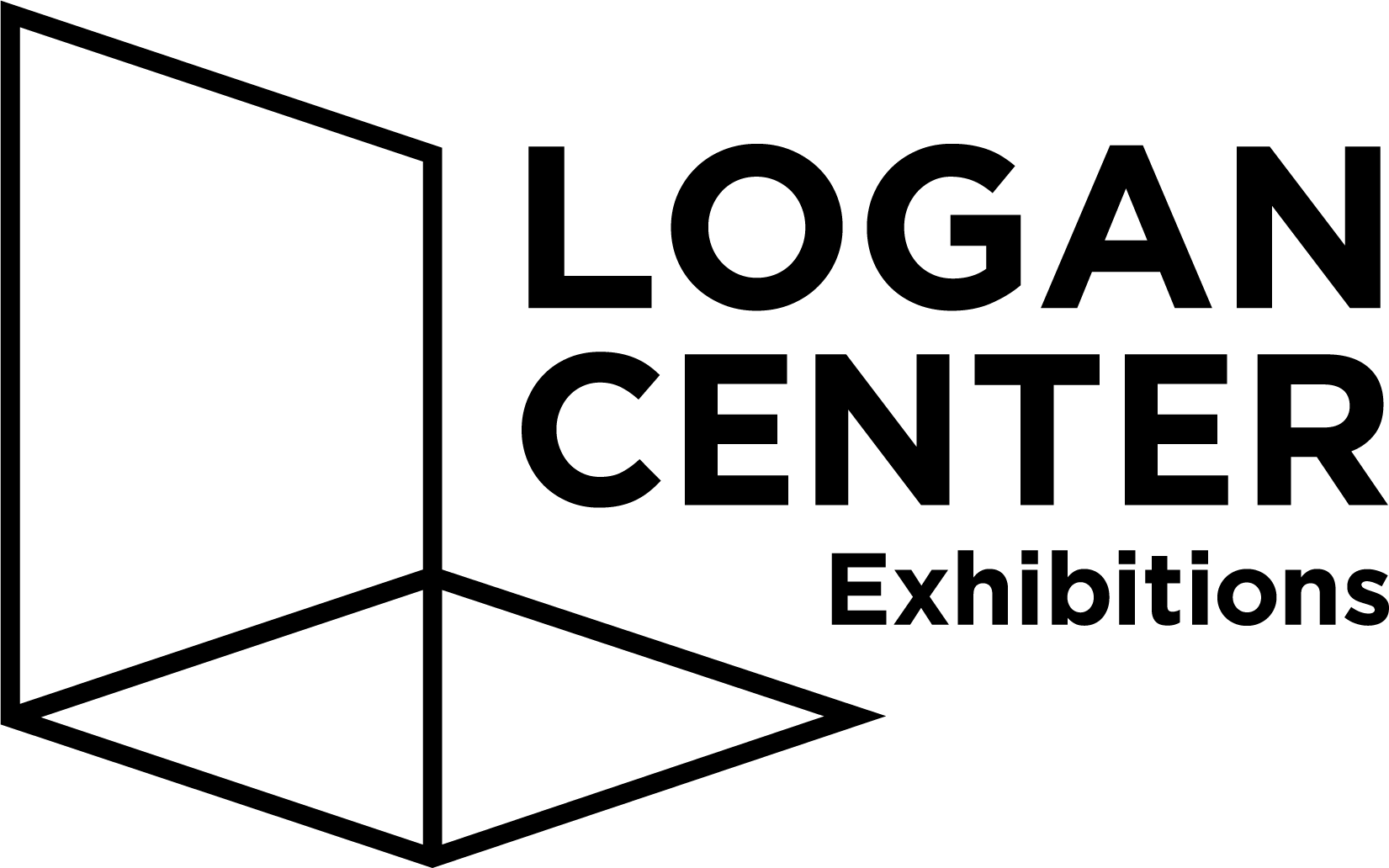Paris Bezanis
In the past year my art interests have come to center on broad frameworks of ‘networks and systems,’ what I consider a horizontal approach to thinking which creates organization through interconnection. Here I use those terms interchangeably (perhaps erroneously so) because I have yet to distinguish significance in meaning between them in my own work. To this end, I am interested in both reimagining given networks and systems–cities, social circles, food chains–and also proposing new, unknown ones. I have found the network and systems framework a useful channel for some of my primary art-related impulses: to collect, catalogue, and eventually rearrange material. The network proposes continuous connection and a dialogue between separate parts, which ultimately contributes to a holistic vision. Thus, I can connect my many disparate interests, from history to anthropology to the built environment and of course, art. As of late I have taken the grid to be my primary ordering structure in my systems and networks, used for both figures and spaces alike. The grid creates immediate order whenever it is applied, and in doing so suggests many things–structure, plan, equality, control, power, perhaps oppression. In my latest work I have been interested in playing with the integrity of the grid itself, and how figures inhabit such highly ordered but ultimately abstract spaces–how does a grid break, and what does that mean? What lies beyond those hatched lines, and who made these grids anyhow? Finally, within my created systems, I have been working to develop a personal iconography and a core body of images, which have become increasingly self-referential across different works. I am continuing to develop larger relationships between my pieces, perhaps each actually a node of a much larger network.
Along with the network/system framework, I have also come to start thinking of my work in terms of models, sketches, and proposals. I find the ‘model’ conceptually useful, because it implies the work is in process and its form a mutable proposal. Perhaps even more important, the model framework suggests negotiable scale. The artwork then becomes an open-ended proposition for an object, a space, a structure, or perhaps all of them simultaneously. Scale is also an important internal component in my work. I am interested in using scale (sometimes properly, sometimes disjointedly) as a way to reorient both my perspective and that of the viewer, and in doing so renegotiate the primary relationships between my figures (objects, entities) and the proposed space.
Finally, I have come to find humor to be an important part of my process and often a palpable element in the final product. For me, humor usually emerges through juxtapositions of form or content (and sometimes both simultaneously) and comes as another bearing of my moves to renegotiate spatial and figural relationships. Humor then is sometimes the intent of a particular choice, but rarely the goal of an entire work. To that end, the humor in my practice is always ultimately for me (I have been told my work isn’t very funny)–it lubricates my working process and brings some cheek to otherwise serious propositions.
Untitled, 2020. Graphite pencil, paper. Photo by Robert Chase Heishman
Fish Revenge, 2020. Graphite pencil, paper, pin
Zone 1, 2020. Paper, wood, cloth, paint, string. Photo by Robert Chase Heishman
Zone 1, 2020. Paper, wood, cloth, paint, string. Photo by Robert Chase Heishman
Zone 1, 2020. Paper, wood, cloth, paint, string. Photo by Robert Chase Heishman
Zone 1, 2020. Paper, wood, cloth, paint, string. Photo by Robert Chase Heishman






